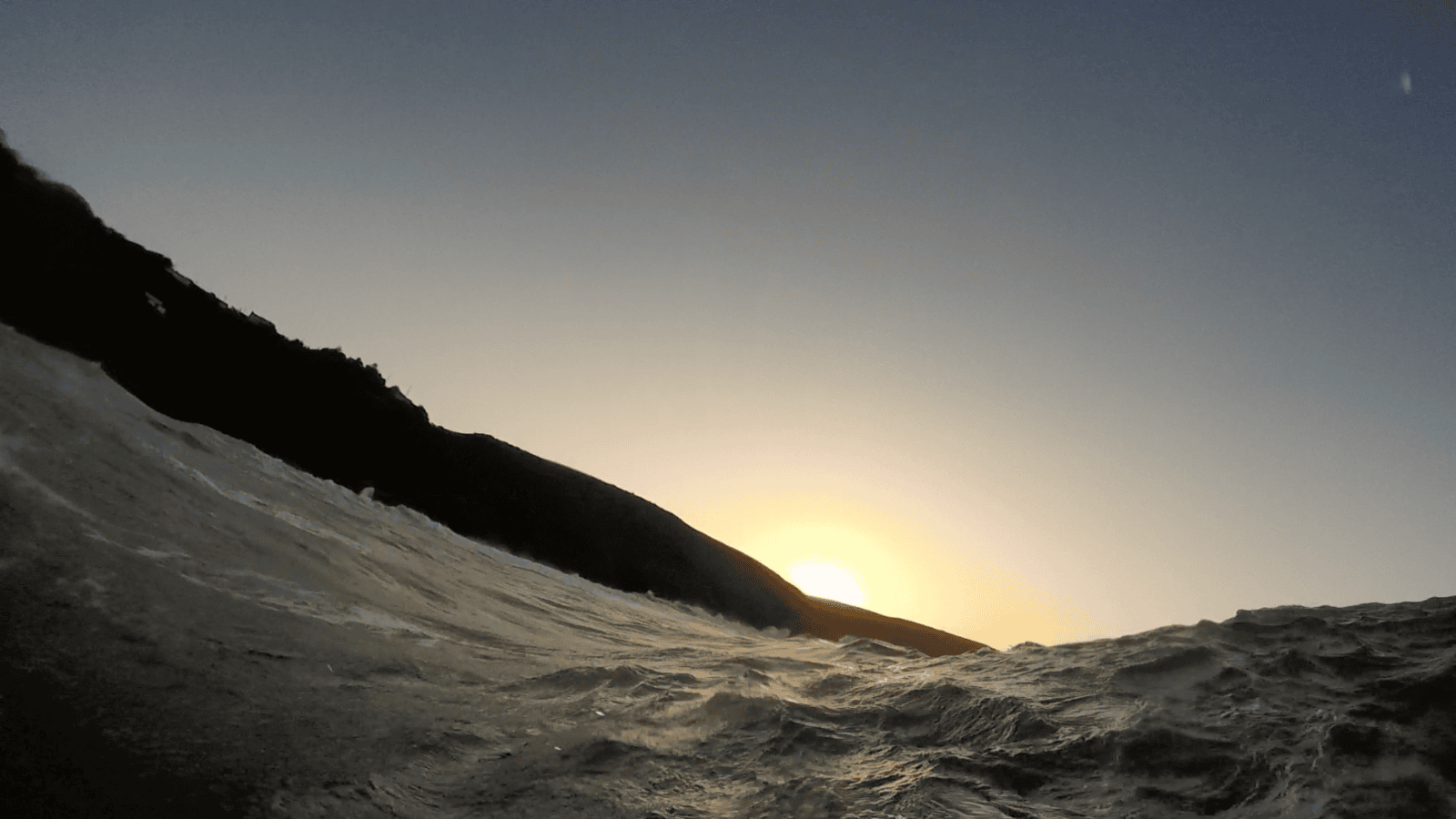Big Waves? Get In!
Many people opt to swim only when the weather and conditions are at their best. Sunny, flat calm, great, let's go sea swimming!
If you're a warm weather swimmer, or a dipper, OK, great. But if your goal is to improve swimming and certainly if you are aiming to compete in IronMan or other open water swimming events, then this is not the 'best' time to go open water swimming.
The sea in the UK is notoriously fickle and can change in an instant, so learning how to handle waves should be a key part of your swimming training and overall conditioning.
Get in the sea when the weather is NOT nice, when the sea is NOT calm. Learn to read the sea and use the waves to your advantage; and to learn your capabilities but also gain confidence in what you can handle.
Build up slowly of course - we are not suggestiong to go in the worse storm imaginable for the very first time - but build up slowly and ALWAYS go with other people and notify land based parties of your intentions beforehand.

Use Waves to your Advantage

Use the waves for forward propulsion.
Utilise the energy of the wave to propel you forwards, even if the wave is coming from the side. Much like sailing yachts do, you can also use those waves to push you 1-2m forwards on each wave.
Using Waves to Your Advantage When Open Water Swimming

